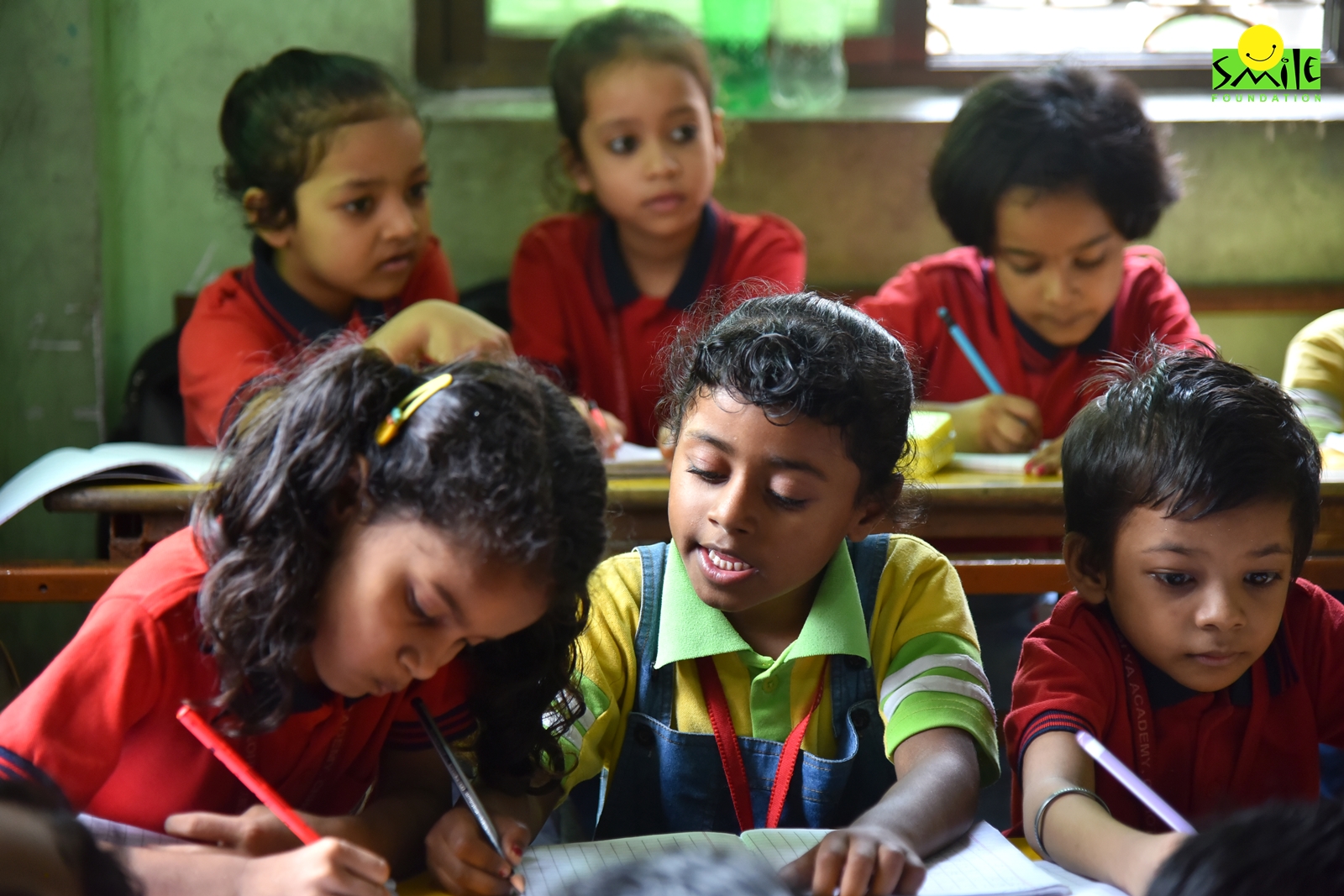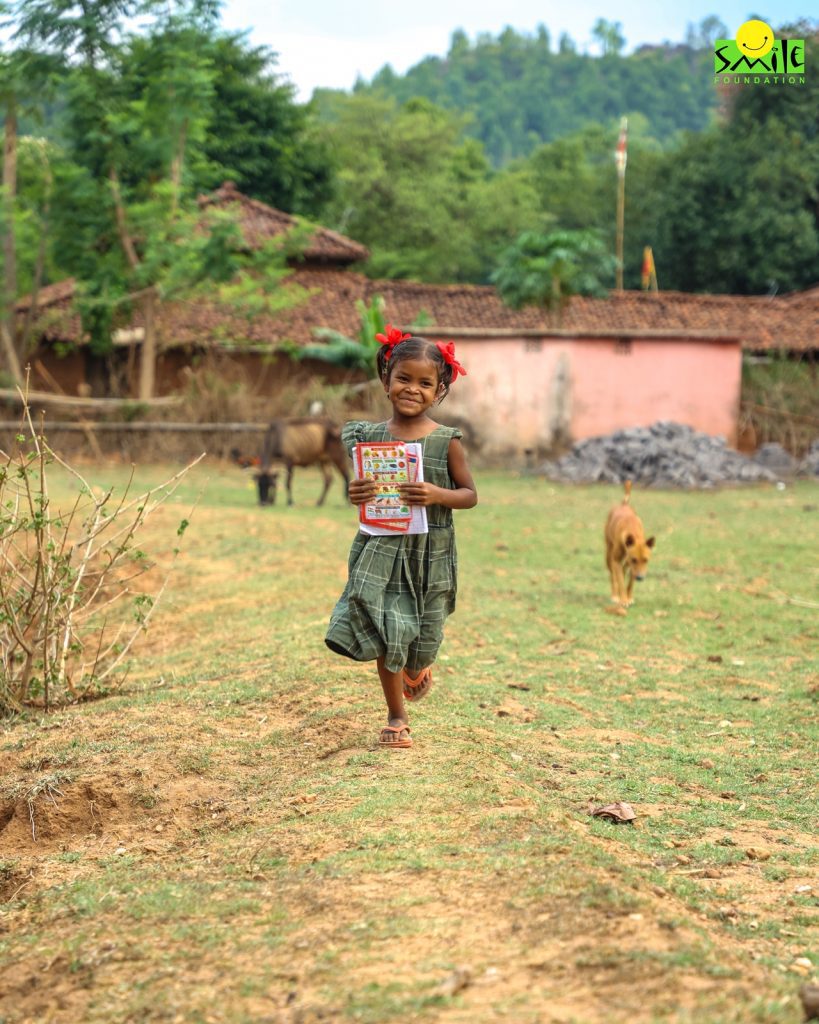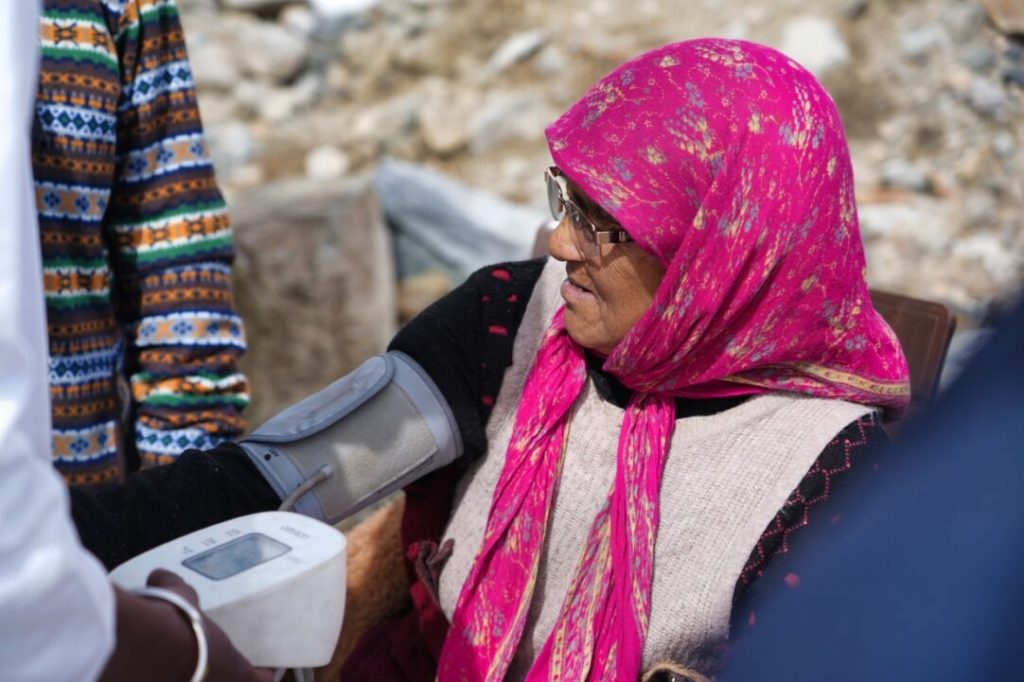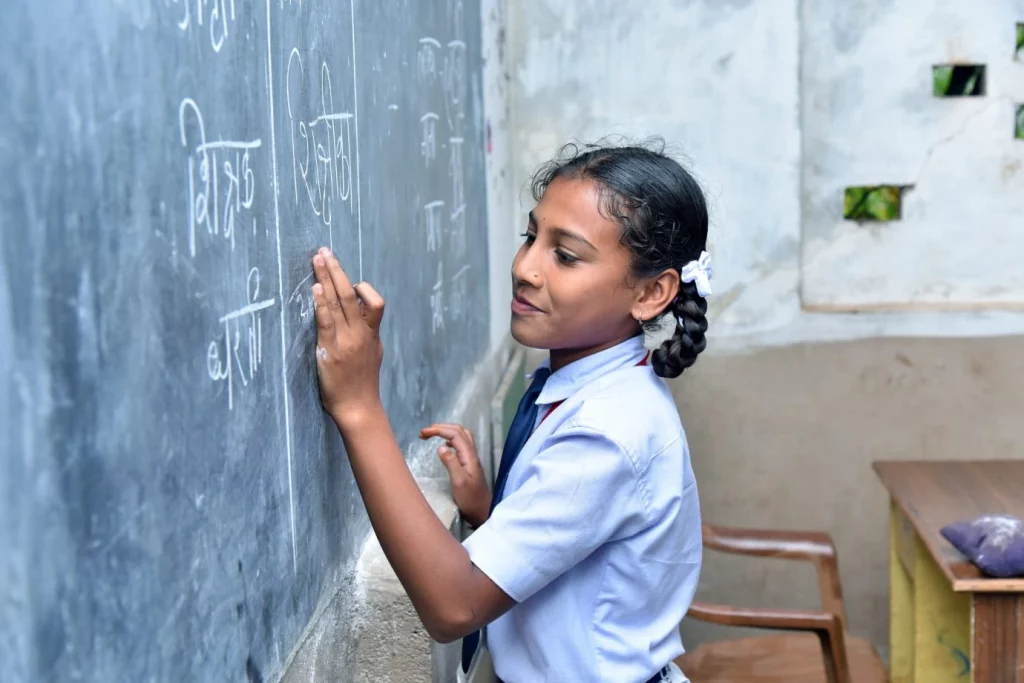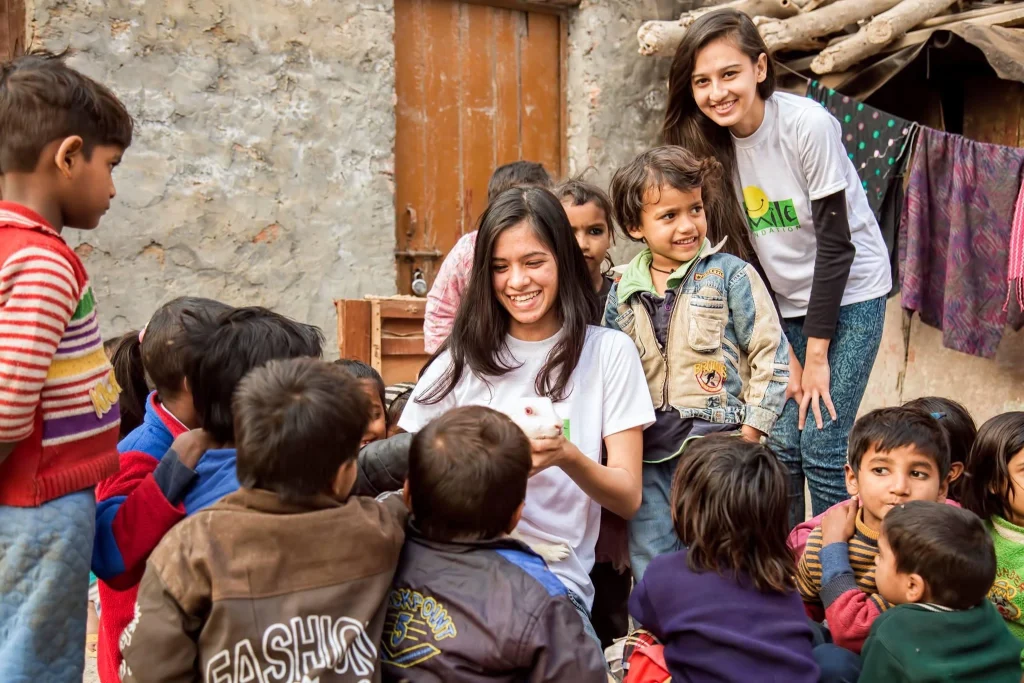India holds the 12th position globally as one of the hardest-working nations, widely recognised for its industriousness. This underscores the significant role each citizen plays in contributing to the nation’s comprehensive development. Given India’s sizable population of youth and children, there is an urgent need to emphasise the importance of investing in their holistic development from childhood to livelihood opportunities.
All social stakeholders must strategically invest in equipping rural children and youth in India for a productive future.
Hurdles for Rural Children & Youth
- Limited Access to Quality Education
Rural children in India face significant challenges in accessing quality education. Geographical barriers, such as the lack of adequate school infrastructure in remote areas, hinder their ability to attend school regularly.
Moreover, a shortage of qualified teachers in rural areas leads to lower-quality education. Additionally, rural schools in India often lack basic facilities, learning materials, and technology, further impeding effective education delivery. These factors combine to create substantial barriers for rural children, limiting their educational opportunities and overall development.
- Economic Constraints and Livelihood Opportunities
Rural India continues to grapple with significant income disparities, exacerbating the poverty gap and presenting obstacles for families to finance their children’s education and ensure they complete their academic journey. Sadly, this often leads to parents sacrificing a girl child’s education so that their brothers can continue theirs.
Furthermore, in today’s competitive market, upskilling has become essential for personal and economic growth, but unfortunately, many rural youths still lack access to basic vocational training, limiting their ability to secure stable livelihoods and break free from ongoing cycles of socio-economic stagnation.
- Social and Cultural Factors
In rural India, parents often face a dilemma when deciding which child to prioritise for education. Traditionally, sons are seen as future breadwinners, while daughters are expected to marry and join another family. This cultural belief leads to a higher dropout rate among rural girls in India, as their education is often sacrificed in favour of their brothers.
Economic instability further exacerbates this situation, prompting families to migrate to cities in search of better prospects. It has been recorded that annually an average of 90 million people have migrated from rural India to urban cities. However, this migration also entails struggles of new city life and the financial strain of relocation often results in cutting back on daughter’s education or resorting to child labour to make ends meet.
Additionally, discrimination against marginalised groups, such as tribal communities and ethnic minorities, persists in many parts of the country. This social exclusion significantly restricts their tribal children and youth from accessing educational and livelihood opportunities.
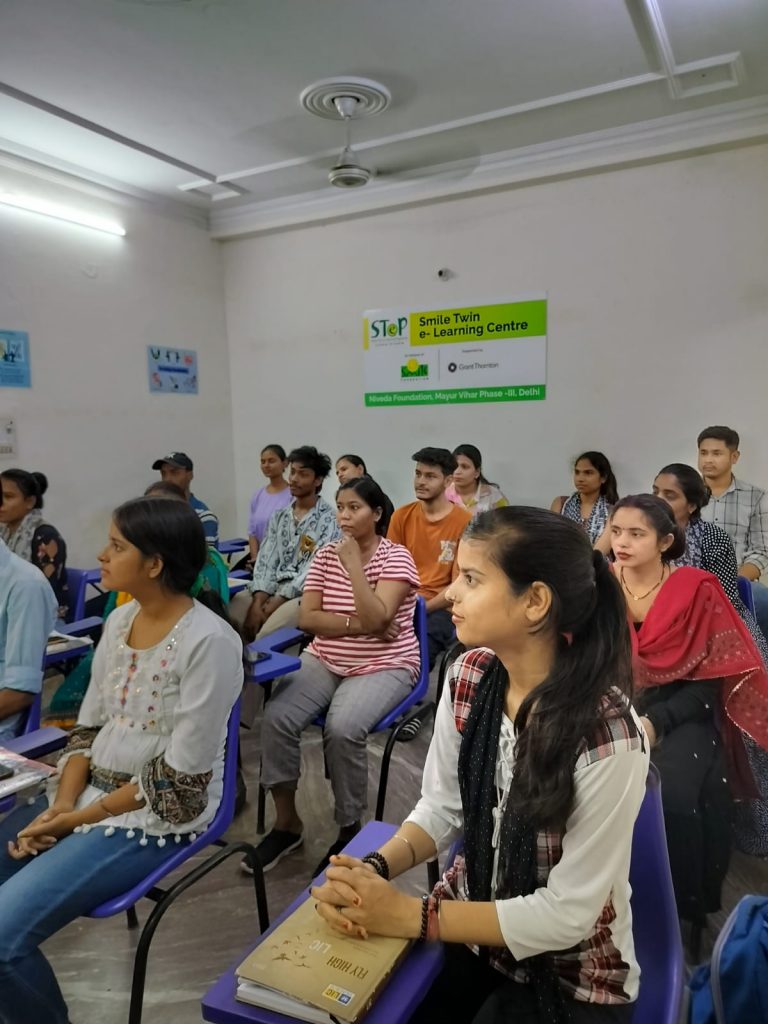
Childhood to Livelihood- Securing with Sustainability
In light of the aforementioned challenges, the path to integrating rural youth and children of India into mainstream development lies in establishing sustainable educational and livelihood programmes tailored to their needs and those of their families. The concept of sustainable livelihood must encompass holistic development to be effective.
Smile Foundation’s lifecycle approach aims to empower underserved children and their families by providing resources and opportunities that foster sustainability. With the key focus on education, health and livelihood, Smile has been working for over a decade on the ground level to facilitate a sustainable ecosystem for the underserved communities of India.
Through initiatives like Mission Education, Smile Foundation aligns education with principles of the National Education Policy (NEP), emphasising on Foundational Language and Numerical (FLN) and STEAM subjects to enhance cognitive abilities.
In the space of health, the aim extends beyond mere provision of medicines to the underprivileged, focusing on fostering healthy eating and living habits within these communities and to achieve this Smile Foundation utilises Smile On Wheels (SOWs), a mobile healthcare unit delivering comprehensive medical services including OPD facilities, point-of-care tests, and free medications, ensuring healthcare accessibility for underserved communities.
Moreover, recognising the pivotal role of women in community development, the Swabhiman programme prioritises women’s maternal, menstrual and neonatal health. It promotes awareness and education on women’s health management and hygiene practices.
Additionally, to complete the cycle of holistic livelihood, initiatives like STeP and Swabhiman empower youth and women from underserved communities through vocational skills training, enhancing their employability. Furthermore, in alignment with government initiatives for women empowerment, Swabhiman fosters entrepreneurship development and digital financial literacy among women, striving to bolster their economic independence and societal standing.
Impact from the Ground
From School drop out to a lifesaver Doctor- Sushma, Mission Education Student
Sushma was forced to leave school at 14. Hailing from a migrant family in Bihar, she supported her mother by crafting newspaper bags, which she sold to nearby shops. She would go to pick her siblings from the school everyday, and would yearn to go back to school again to complete her education.
Fortunately, Sushma re-enroled at Smile Foundation’s Mission Education Centre, resuming her academic journey. Today, like any other school-going girl, she engages in extracurricular activities, nurturing her dream of becoming a doctor.
Quality Healthcare for Everyone – Smile on Wheels covering Indian miles
From remote corners like Mewat and Manesar in Haryana to Singruali in Madhya Pradesh and Shirur in Pune, Smile on Wheels provides quality healthcare across India. Offering thorough check-ups and free medications, Smile on Wheels ensures primary healthcare reaches every doorstep. For specialised consultations, telemedicine connects patients with specialist doctors, ensuring timely access to quality medical care.
Class 12th Student becomes a Successful Entrepreneur- Payal, Swabhiman beneficiary
Payal’s Success Story Coming from a modest background, Payal, a class 12 student, relied solely on her father’s earnings. Realising the need for sustainable income, Payal joined Smile Foundation’s Swabhiman programme where she was given entrepreneurial training, business material and management support along with digital literacy enabling her to launch her business venture and transforming her family’s prospects.
Engineering is no more a distant dream for Radhika- scholarships for engineering education
Smile Scholarships for Girls Radhika dreamt of becoming an engineer but faced financial setbacks when her father suffered a brain stroke. With her mother’s support, Radhika applied for Smile Foundation’s scholarships, receiving assistance that brought her closer to achieving her dream.
Collaboration for Impact
As a two-decade-old NGO in India, Smile Foundation staunchly advocates that societal transformation requires collaborative efforts from corporates, NGOs and governments. The success stories highlighted above are not merely the outcomes of the foundation or its partners alone, but the result of a unified approach and steadfast commitment to uplifting underserved communities across India. This ensures that no one is left behind or deprived of a dignified life.
It is no longer a matter of choice but a collective necessity and responsibility for all of us to ensure that we actively work towards bridging socio-economic disparities. By integrating rural children and youth into India’s journey towards a 5 Trillion economy, and empowering them with quality education, healthcare, and livelihood skills, we will enable them to lead sustainable lives free from prejudice while equipping them to make meaningful contributions to national development.

